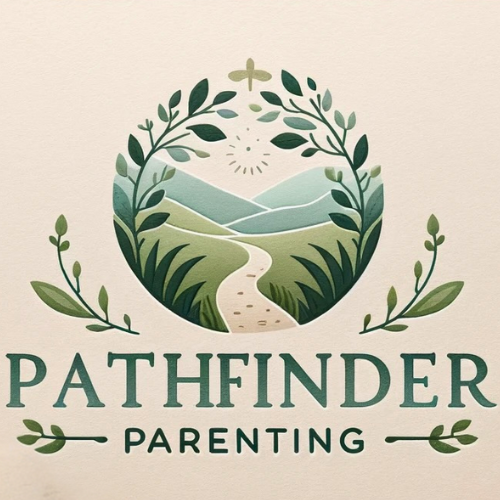When navigating the challenging journey of supporting a child with learning or developmental challenges, the need for robust communication, organization, and connectivity amongst family members is crucial. This article highlights various communication tools that have helped families strengthen connections, manage their schedules and make sure everyone feels included and supported.
The following recollection of a friend’s difficult night underscores the importance of these tools; she was trying to comprehend her child’s diagnosis. She was overwhelmed by the acute information influx, with copious suggestions and advice. It was like decoding a book in a foreign language. Despair and confusion consumed her until she realized that better communication and organization were needed.
The revelation led to solving this emotional rollercoaster by introducing tools that support coordinated communication and sharing vital information. The efficacy of tools such as shared family calendar apps was discovered. These offer a platform to plan appointments, therapy sessions, and even fun nights. This organized approach replaced their chaotic schedules and improved their understanding of when extra support was needed. The parents could now plan their self-care intervals in less busy slots. Although it did not eliminate all challenges, it was indeed an effective step forward.
Another game-changer was the Family Communication App used by some families. These apps offered features such as group chats, personal messaging, and sharing photos and documents. This allowed one parent to disseminate information and updates quickly, such as a doctor’s advice or information about a school project, benefitting the grandparents and older kids. This inclusion empowered kids to share their day’s important highlights and needs, reducing the feeling of being neglected.
An emotion-tracking app is another impactful tool that offers immense support, especially for kids who find difficulty expressing their emotions. By permitting kids to identify and communicate feelings, it ensures the parents respond appropriately. It aids in recognizing patterns and emotional triggers, and celebrating improvements. Abstract emotions were now quantifiable.
Incorporating a Weekly Family Newsletter was an excellent strategy adopted by some families. Launched as a simple email detailing their week’s achievements and upcoming engagements along with supportive words, it became a source of joy everyone looked forward to. It served as a beacon of hope and unity amid the daily chaos.
The tools significantly improved family communication, and some of the top ones include:
- Shared Family Calendar App: Helps everyone stay updated. Google Calendar and Cozi are some examples.
- Family Communication App: For group chats, individual messages and sharing photos. Slack and GroupMe are widely used.
- Emotion-Tracking App: Helps understand emotions better. Some examplars are Moodpath or Daylio.
- Weekly Family Newsletter: This email update keeps everyone informed and strengthens connections.
The implementation of these tools doesn’t occur instantly. It requires time to familiarize and understand what works best for your family. But, once these are integrated, the benefits are immense. An organized system uplifting familial connections.
Many parents often buckle down under pressure in the early days of a child’s diagnosis, feeling like they’re failing. The introduction of these tools empowers them to manage schedules and strengthens familial bonds. If you’re feeling inundated, these tools may offer you a fresh perspective and transform your life, just as it has for many others.
Ready to revolutionize your family communication? Download our free guide, ‘Top Communication Tools for Families,’ and explore the most effective tools to keep your family connected and organized. So why wait? Grab your copy now, and embark on a journey of improved family communication.
